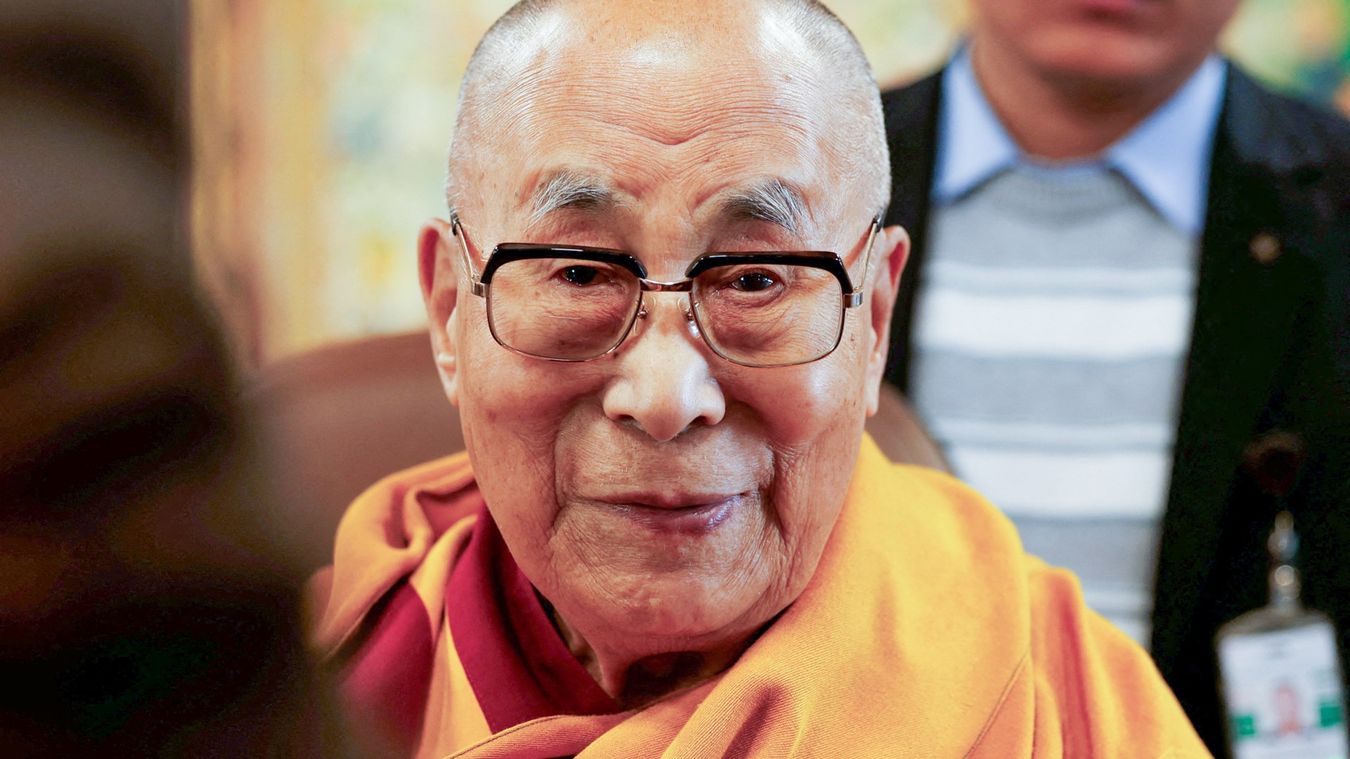
Who is the Dalai Lama? The Dalai Lama is the spiritual leader of Tibetan Buddhism and a symbol of peace and compassion worldwide. Born as Lhamo Thondup on July 6, 1935, in a small village in northeastern Tibet, he was recognized as the reincarnation of the 13th Dalai Lama at the age of two. The Dalai Lama holds a unique position, blending religious duties with a role as a global advocate for human rights and harmony. His teachings emphasize kindness, mindfulness, and the importance of inner peace. Despite living in exile since 1959, he continues to inspire millions through his writings, speeches, and public appearances.
Early Life and Background
Understanding the early life of the Dalai Lama provides insight into his journey and the foundation of his teachings.
- The current Dalai Lama, Tenzin Gyatso, was born on July 6, 1935, in a small village called Taktser in northeastern Tibet.
- He was born to a farming family and was the fifth of sixteen children.
- At the age of two, he was recognized as the reincarnation of the 13th Dalai Lama, Thubten Gyatso.
- His birth name was Lhamo Thondup, which means "Wish-Fulfilling Goddess."
Spiritual Training and Education
The Dalai Lama's education is deeply rooted in Buddhist teachings and practices.
- He began his monastic education at the age of six, studying logic, Tibetan art and culture, Sanskrit, medicine, and Buddhist philosophy.
- By the age of 23, he had completed his Geshe Lharampa degree, equivalent to a doctorate in Buddhist philosophy.
- His education included rigorous debates, which are a traditional method of learning in Tibetan Buddhism.
Role and Responsibilities
The Dalai Lama holds significant religious and political roles within Tibetan society.
- He assumed full political power in Tibet at the age of 15, during a time of great turmoil.
- The Dalai Lama is considered the spiritual leader of Tibetan Buddhism and a symbol of unification for the Tibetan people.
- He has worked tirelessly to promote peace, non-violence, and compassion worldwide.
Exile and International Influence
The Dalai Lama's influence extends far beyond Tibet, impacting global perspectives on peace and spirituality.
- In 1959, following a failed uprising against Chinese rule, he fled to India, where he has lived in exile ever since.
- He established the Central Tibetan Administration, often referred to as the Tibetan government-in-exile, in Dharamshala, India.
- The Dalai Lama has traveled to over 67 countries, meeting with world leaders, religious figures, and the public to advocate for Tibetan autonomy and human rights.
- He was awarded the Nobel Peace Prize in 1989 for his non-violent struggle for the liberation of Tibet.
Teachings and Philosophies
The Dalai Lama's teachings emphasize compassion, mindfulness, and the interconnectedness of all beings.
- He teaches that happiness comes from inner peace and compassion rather than material wealth.
- The Dalai Lama encourages the practice of mindfulness and meditation as tools for achieving mental clarity and emotional stability.
- He promotes the concept of "secular ethics," which involves ethical conduct based on universal values rather than religious beliefs.
- His book, "The Art of Happiness," co-authored with psychiatrist Howard Cutler, has become a bestseller worldwide.
Cultural and Scientific Contributions
The Dalai Lama bridges the gap between ancient wisdom and modern science.
- He has a keen interest in science and has engaged in dialogues with scientists on topics such as neuroscience, quantum physics, and psychology.
- The Mind and Life Institute, which he co-founded, fosters collaboration between scientists and Buddhist scholars to explore the nature of consciousness and the mind.
- His efforts have led to the inclusion of modern science in the curriculum of Tibetan monastic institutions.
Personal Life and Interests
Despite his spiritual stature, the Dalai Lama leads a life filled with simple joys and personal interests.
- He enjoys gardening and often speaks about the therapeutic benefits of tending to plants.
- The Dalai Lama is an avid reader and has a particular fondness for detective novels.
- He loves animals and has a pet cat named "Tashi."
- Despite his busy schedule, he maintains a daily routine that includes meditation, exercise, and study.
The Dalai Lama's life and teachings continue to inspire millions around the world, offering a message of peace, compassion, and understanding in an often turbulent world.
The Dalai Lama's Legacy
The Dalai Lama isn't just a spiritual leader; he's a symbol of peace, compassion, and resilience. From his humble beginnings in Tibet to becoming a global advocate for non-violence and human rights, his journey is nothing short of inspiring. His teachings emphasize the importance of kindness, understanding, and the interconnectedness of all beings.
Despite facing exile and political challenges, the Dalai Lama continues to spread messages of hope and unity. His efforts in promoting interfaith dialogue and environmental sustainability highlight his commitment to a better world.
Learning about the Dalai Lama's life and work offers valuable lessons in perseverance, empathy, and the power of a positive mindset. His legacy serves as a reminder that even in the face of adversity, one can make a significant impact on the world.
Was this page helpful?
Our commitment to delivering trustworthy and engaging content is at the heart of what we do. Each fact on our site is contributed by real users like you, bringing a wealth of diverse insights and information. To ensure the highest standards of accuracy and reliability, our dedicated editors meticulously review each submission. This process guarantees that the facts we share are not only fascinating but also credible. Trust in our commitment to quality and authenticity as you explore and learn with us.
